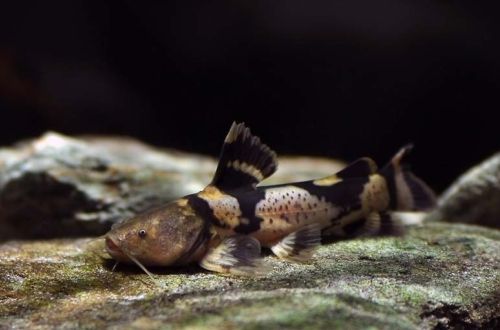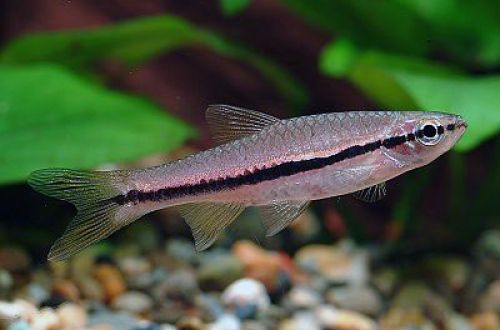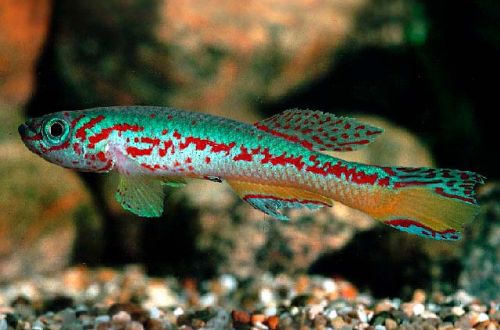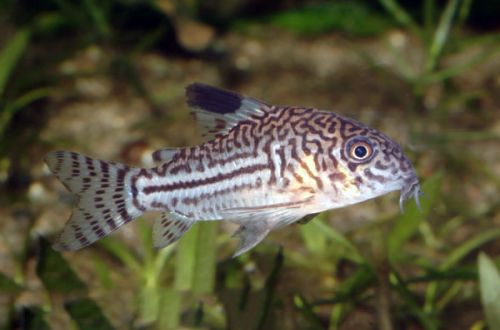
Pseudopimelodus bufonius
Pseudopimelodus bufonius, scientific name Pseudopimelodus bufonius, belongs to the family Pseudopimelodidae (Pseudopimelodidae). Catfish comes from South America from the territory of Venezuela and the northern states of Brazil. It is found in Lake Maracaibo and in the river systems flowing into this lake.

Description
Adult individuals reach a length of up to 24–25 cm. The fish has a strong torpedo-shaped body with a flat flattened head. Fins and tail are short. The eyes are small and located closer to the crown. The body pattern consists of large brown spots-stripes located on a lighter background with tiny specks.
Behavior and Compatibility
It is inactive, during the day it will spend a significant part of the time in shelter. Most active at dusk. It does not show territorial behavior, therefore it can be together with relatives and other large catfish.
Peaceful non-aggressive species. But it is worth remembering that, due to its gastronomic preferences, Pseudopimelodus will eat any fish that can fit in his mouth. A good choice would be larger species from among the South American cichlids, Dollar fish, Armored catfish and others.
Brief information:
- The volume of the aquarium – from 250 liters.
- Temperature – 24-28°C
- Value pH — 5.6–7.6
- Water hardness – up to 20 dGH
- Substrate type – sandy
- Lighting – subdued
- Brackish water – no
- Water movement – moderate
- The size of the fish is 24–25 cm.
- Food – any sinking food
- Temperament – peaceful
Maintenance and care, arrangement of the aquarium
The optimal size of the aquarium for one or two fish starts from 250 liters. The design should provide a place for shelter. A good shelter will be a cave or grotto, formed from intertwined snags, heaps of stones. The bottom is sandy, covered with tree leaves. The presence of aquatic plants is not essential, but species floating near the surface can be an effective means of shading.
Unpretentious, successfully adapts to various conditions of detention and to a wide range of values of hydrochemical parameters. Maintenance of the aquarium is standard and consists of a weekly replacement of part of the water with fresh water, removal of accumulated organic waste, equipment maintenance.
Food
An omnivorous species, it accepts most of the foods popular in the aquarium trade (dry, frozen, live). Preference should be given to sinking products. As noted above, smaller aquarium neighbors can also get into the diet.





